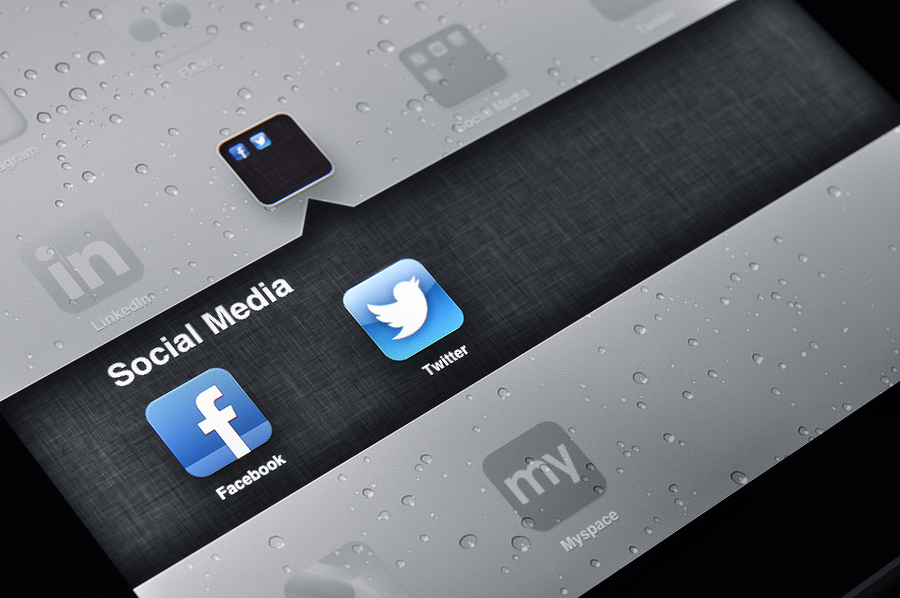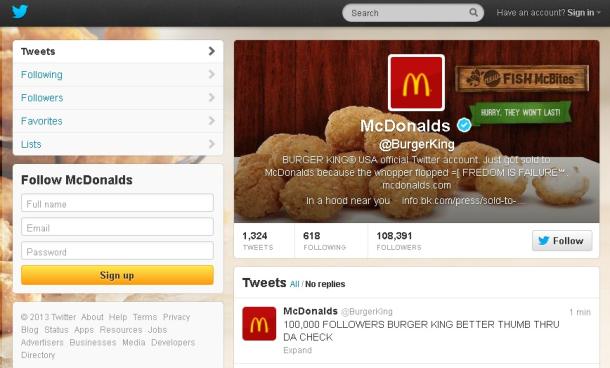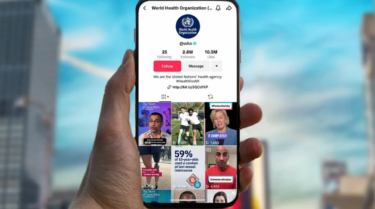Susie Francis, social media geek and content writer for My Social Agency, gives advice on how brands can recover, and even benefit from, social media hijacking.
We all know that having your social media account hacked is a common occurrence, one that’s usually nothing more than an inconvenience. When it happens to a personal account it’s something that can be soon overcome. However, when it happens to a brand account it’s much more damaging.
Quite a few high profile accounts have been hacked recently, the most ‘amusing’ one being the attack on Burger King’s Twitter account which hackers ‘rebranded’ as McDonalds.
However, if your brand is attacked, it’s not the end of the world and if the right action is taken then it’s possible to fully recover, or even benefit, from it. With this in mind, here’s a few tips to help if you find yourself on the wrong end of a malicious hacker.
First steps
If your brand social media account is hacked the first thing to do is to take a deep breath and don’t panic! A good brand takes time to build so it’s unlikely to be completely damaged overnight. Ensure you report it and all of your passwords are changed and, if you haven’t already, enable two-factor authentication so that you can recover quickly from future attacks.
Next:
- Delete all comments and content posted by the attacker
- Apologise to fans and followers and offer them something, such as a discount, to make up for it
- Enlist the help of your most loyal followers to turn a negative experience into a positive
- Be completely transparent about what has happened
Honesty is the best policy
Your fans will appreciate honesty and openness. What’s more, ignoring the problem and pretending it never happened in posts will increase speculation, especially if the brand has been targeted in order to damage it.
To avoid this, tell fans what has happened and ask them for updated feedback on your products or services, this will ensure that you’re getting a positive message back out there. It’s surprising how many people will be willing to help if you tell them what really happened.
It’s simple to turn a bad experience into a positive one. Run a poll on who’s been hacked amongst your followers, keep discussions up-to-date and light-hearted, share any security information you’ve discovered as a result. All of this can increase engagement and give your brand a boost.
Learn from the experience
Take steps to protect yourself in as many ways as possible. Use a social media management package such as HootSuite to allow employees to manage all of your accounts without knowing the passwords.
Other steps are to:
- Have a sound social media policy in place and ensure that employees know not to click on social media links, open attachments in email and so on. Security is important to a company, especially if they hold the personal details of customers and penalties in that area could be high.
- Use complex passwords: it’s amazing how many people still use easily breakable passwords such as ‘password123’; make yours a mixture of symbols, letters and numbers, where possible.
- Ensure security software is used: this should be carried out on all machines and should include a spyware checker and a link checker. It should also be kept up-to-date.
It doesn’t have to be a disaster, ensure that you have taken all the right security steps and that you interact with followers in a positive and honest manner. Do this and your brand may not just recover, but become stronger from the experience.













